Trutnov and Surroundings
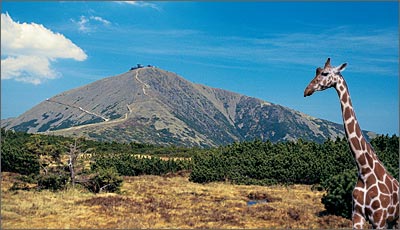 |
The dominant feature in the proximity of Trutnov is the majestic panorama of the Krkonoše mountains with the highest peak Sněžka (1602 m above sea level). The Krkonoše mountains as the intermediate link between mediun height mountains and alpine mountains have optimal conditions for both summer and winter sports. A paradise for tourists is the area around Jánské Lázně, Pec pod Sněžkou, Špindlerův Mlýn and Žacléř. Trutnov, a town with the population of 32 000 permanent residents, is a picturesque place where the beauty of historical buildings is in harmony with contemporary life. In the 11th century the story of the foundation of the town took place that explains the dragon in the municipal coat of arms. The people of the knight Trut came across a monster in the deep forest by the river when they were looking for a suitable place to start a town. The legendary founder defeated the dragon in a fight. |
The creation of the town is documented in writing in the year 1260, although then it was called Úpa after the local river and an older settlement. The name Trutnov first appears in historical documents in the year 1301. Over the municipal coat of arms there is sometimes a royal crown, since together with other eight Czech towns, Trutnov became in 1399 a dowry town of the Czech queens. The rich history is commemorated by the Renaissance house with graffiti in the square Slovanské, built in 1590, today housing the municipal art gallery. The nearby Baroque church of the Nativity of Virgin Mary from the year 1782 is indeed the characteristic feature of the town. You will find the municipal park on the site of the bloody battles in defence of Trutnov during the Prussian-Austrian war. The course of events on the day of the battle, 27th June, 1866 and the events preceding the only one Austrian victory during the whole war, are described in the form of dramatic personal experience along a nature trail built in the year of the 135th anniversary of the events. The dynamics of life of the piedmont Trutnov are jointly formed by the economical sphere. Since distant times the place of honour has been occupied by textile manufacturing and the brewing trade. The second largest town of the district, Dvůr Králové nad Labem (16.5 thousand inhabitants) offers, besides its own cultural heritage, also a lovely countryside. Among the most valuable, there is the magnificent Baroque castle Kuks and the historical hospital, built by the count F. A. Špork and decorated with twelve statues of Virtues and Vices by M. B. Braun. In the nearby wood there is another group of sculptures by Braun - the nativity scene. On the Elbe by Bílá Třemešná you can find the most beautiful dam on the river Elbe Les Království, listed among the protected technical buildings. In the town you will find information about the ZOO-SAFARI that is the largest in the Czech Republic with its two thousand animals kept. The gateway into the central part of the Krkonoše mountains is the town Vrchlabí with 13 000 inhabitants and a Renaissance castle - nowadays the seat of the municipal council. The building is located on the site of the former stronghold from the 16th century. In the Augustinian monastery from the early 18th century, there is the Krkonoše Museum with a permanent exhibition of the Krkonoše National Park „Stone and Life“. In the eastern part of the area you will find the ruin of an ancient Gothic castle Vízmburk, the Memorial to the Peasants´ Rising and of the foothill mining tradition in Rtyně v Podkrkonoší or the picturesque town of Malé Svatoňovice and the town Úpice - places linked with the life and work of the Čapek brothers. Úpice moreover has a long-standing tradition of amateur theatre and a world-known Observatory, oriented mainly at the observation and photography of the Sun, measurements of climatological data, amount of air pollution and seismic activity. Janské Lázně is a mountain center and a spa that has been known since the Middle Ages under the name of Teplice Svatojánské. In the spa complex of buildings there are thirty radioactive, thermal and mineral sources. The treatment mostly concerns the nervous nad locomotory systems, the air passages, oncological problems and burns. The local peculiarity is a cableway to the Černá mountain and a lookout tower. |
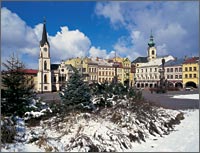 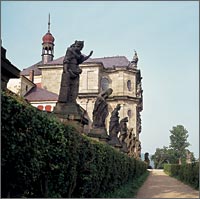 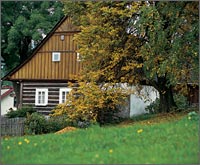 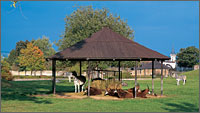 |
Suggestions for sightseeing and visits
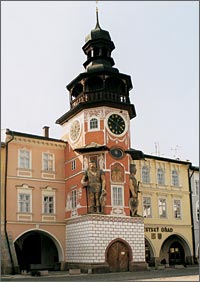 |
|